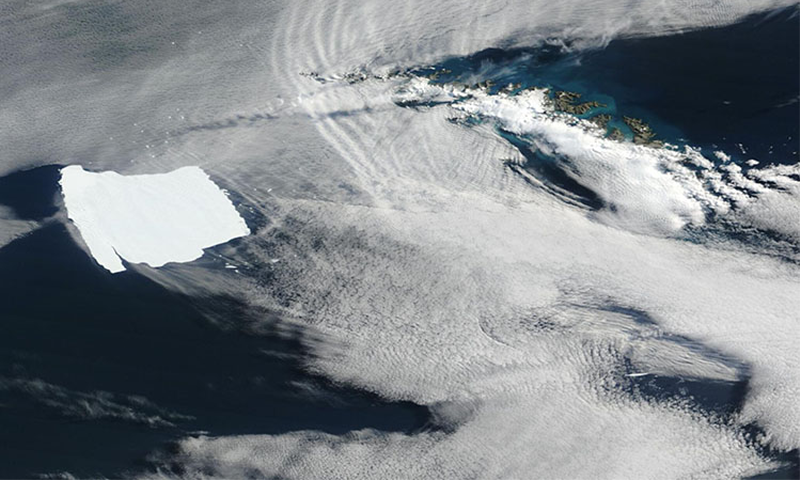Now Reading: World’s Largest Iceberg Stalls in Its Path
-
01
World’s Largest Iceberg Stalls in Its Path
World’s Largest Iceberg Stalls in Its Path

Rapid Summary
- The world’s largest iceberg, named A-23A, broke off from Antarctica in 1986 and has been stationary near South Georgia in the Atlantic Ocean as early march.
- Satellite imagery shows A-23A losing ice rapidly due too “edge wasting,” a process were weather forces weaken its perimeter, causing kilometer-wide pieces to break off.
- The iceberg spanned 1,197 square miles but lost 140 square miles of ice between March and may-a loss larger than the area of Philadelphia.
- A similar giant iceberg,A-68,also got stuck near South Georgia five years ago and disintegrated four months later.
Indian Opinion Analysis
The phenomenon of massive icebergs like A-23A breaking down underscores their vulnerability amidst climate dynamics. While this specific event is tied to natural processes such as edge wasting induced by ocean forces, India-being a signatory to various global climate agreements-might view these occurrences as a sign for increased research on polar changes. Polar regions play an integral role in regulating Earth’s temperature systems that indirectly impact monsoons vital for India’s agricultural sector. Such events can serve as case studies for understanding global impacts on fragile ecosystems while reinforcing India’s stance toward addressing collective environmental challenges.Read more

























